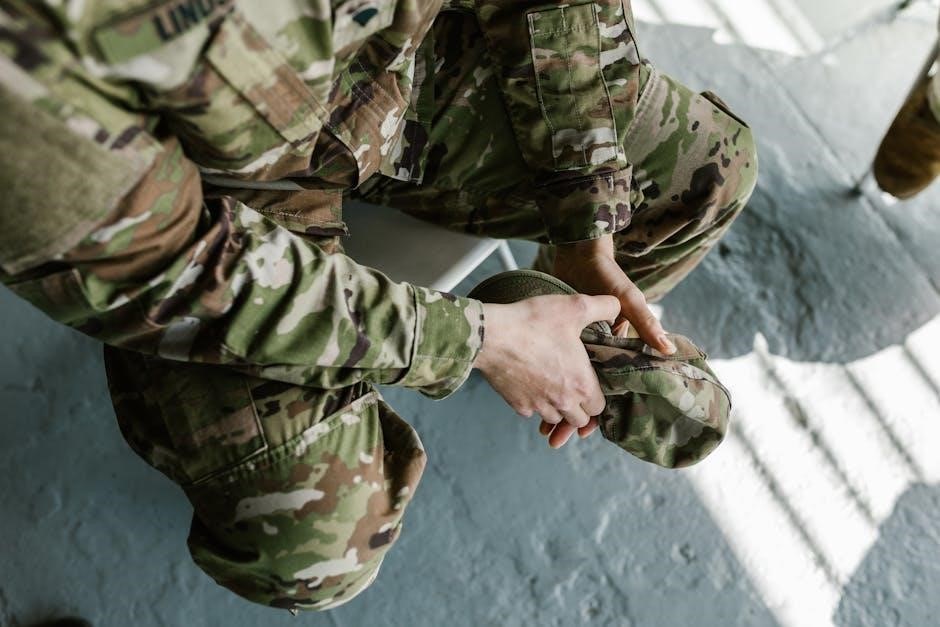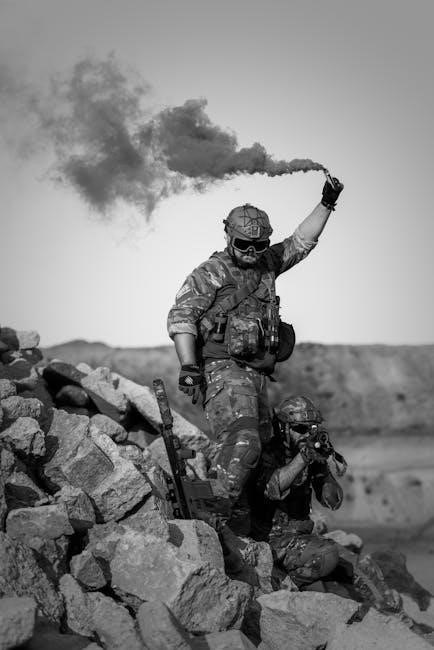
Church security team manual pdf provides guidance on creating a safe environment for members and guests, with detailed information on team composition and roles, using
standard procedures
effectively always.
Overview of Church Security Team
A church security team is a group of individuals who work together to ensure the safety and security of church members, staff, and guests. The team is typically led by a church security director who oversees the development and implementation of security protocols. According to the church security team manual pdf, the team’s primary responsibility is to identify potential security risks and take proactive measures to mitigate them. This includes conducting regular security assessments, developing emergency response plans, and providing training to team members. The team may also work closely with local law enforcement agencies to stay informed about potential security threats. By having a well-organized and trained church security team, churches can minimize the risk of security incidents and provide a safe and welcoming environment for their congregations. The team’s efforts are essential to the overall safety and well-being of the church community;

Composition of Church Security Team
Church security team consists of trained members, including leaders, volunteers, and law enforcement officers, working together using
- proven strategies
always effectively.
Leadership and Membership of the Team
The church security team is led by a director who oversees the entire operation, with membership comprising volunteers and off-duty law enforcement officers, all working together to ensure a safe environment.
The team leader is responsible for recruiting and training new members, as well as coordinating the team’s activities and ensuring that everyone is aware of their roles and responsibilities.
The membership of the team is diverse, with individuals from various backgrounds and skill levels, including medical professionals such as EMTs and nurses, who can provide critical assistance in emergency situations.
The team’s leadership and membership are crucial to its success, and the church security team manual pdf provides guidance on how to establish and maintain a effective team, with a clear chain of command and defined roles and responsibilities.
The manual also emphasizes the importance of teamwork, communication, and coordination in ensuring the safety and security of the church community.

Training and Documentation for Church Security Team
Church security team manual pdf outlines training procedures and documentation requirements for team members, using
- standardized methods
to ensure effectiveness always.
Importance of Documenting Training and Maintaining Records
Documenting training and maintaining records is crucial for church security teams, as it ensures that all team members are properly trained and accountable for their actions. Using a
- standardized record-keeping system
can help to track training sessions, certifications, and incident responses. This information can be used to identify areas for improvement and provide evidence of due diligence in the event of an incident. A church security team manual pdf should include guidance on documenting training and maintaining records, including templates for training logs and incident reports. By prioritizing record-keeping, church security teams can demonstrate their commitment to providing a safe and secure environment for members and guests. Effective record-keeping can also help to reduce liability and improve overall team performance, making it an essential aspect of church security team management, with benefits for the entire church community always.
Essential Requirements for Church Security Team
Church security teams require effective communication, clear policies, and ongoing training to ensure a safe environment for members and guests, with a focus on prevention always.
Critical Steps in Forming a Church Safety and Security Team
Forming a church safety and security team involves several critical steps, including identifying the need for a team, recruiting and training members, and deploying them to ensure a safe environment.
The team should be led by a experienced leader, who can facilitate the safety and security of church members, staff and guests during regularly scheduled services.
A church safety and security team should have a clear understanding of their roles and responsibilities, and be trained to respond to various incidents, such as acts of terror, acts of violence, and natural disasters.
The team should also have a good understanding of the church’s layout, including all entrances, exits, and emergency routes.
By following these critical steps, a church can ensure that their safety and security team is effective in providing a safe and secure environment for all members and guests.
Effective communication and ongoing training are also essential for the team’s success, using standard procedures and protocols to ensure everyone’s safety always.

Roles and Responsibilities of Church Security Team
Church security team members have specific roles, including monitoring premises, using
- standard protocols
to ensure safety and security always.
Responding to Incidents and Emergency Situations
Responding to incidents and emergency situations requires a well-planned approach, using a combination of
- standard operating procedures
and effective communication to ensure a swift and safe response. The church security team should be trained to handle various types of incidents, including medical emergencies, fires, and violent acts. A clear understanding of the roles and responsibilities of each team member is crucial in responding to emergency situations. The team should also have access to essential resources, such as first aid kits and emergency contact information. By having a comprehensive plan in place, the church security team can minimize the risk of injury and property damage, and ensure a safe environment for members and guests. Effective response to incidents and emergency situations is critical to maintaining a secure and safe environment, and the church security team plays a vital role in achieving this goal, using
- established protocols
always.

Developing a Comprehensive Security Policy Manual
Developing a comprehensive security policy manual is essential for churches to ensure a safe and secure environment for members and guests. The manual should outline the church’s security policies and procedures, including emergency response plans and communication protocols. A well-structured manual will provide guidance on various aspects of church security, such as access control, surveillance, and incident response. The manual should be regularly reviewed and updated to reflect changing security needs and threats. By having a comprehensive security policy manual, churches can demonstrate their commitment to providing a safe and secure environment, and reduce the risk of liability. The manual should be easily accessible to all church staff and security team members, and should be used as a reference guide for training and emergency response, using a
standardized approach
to ensure consistency and effectiveness always, with clear
- objectives
and
- guidelines
.